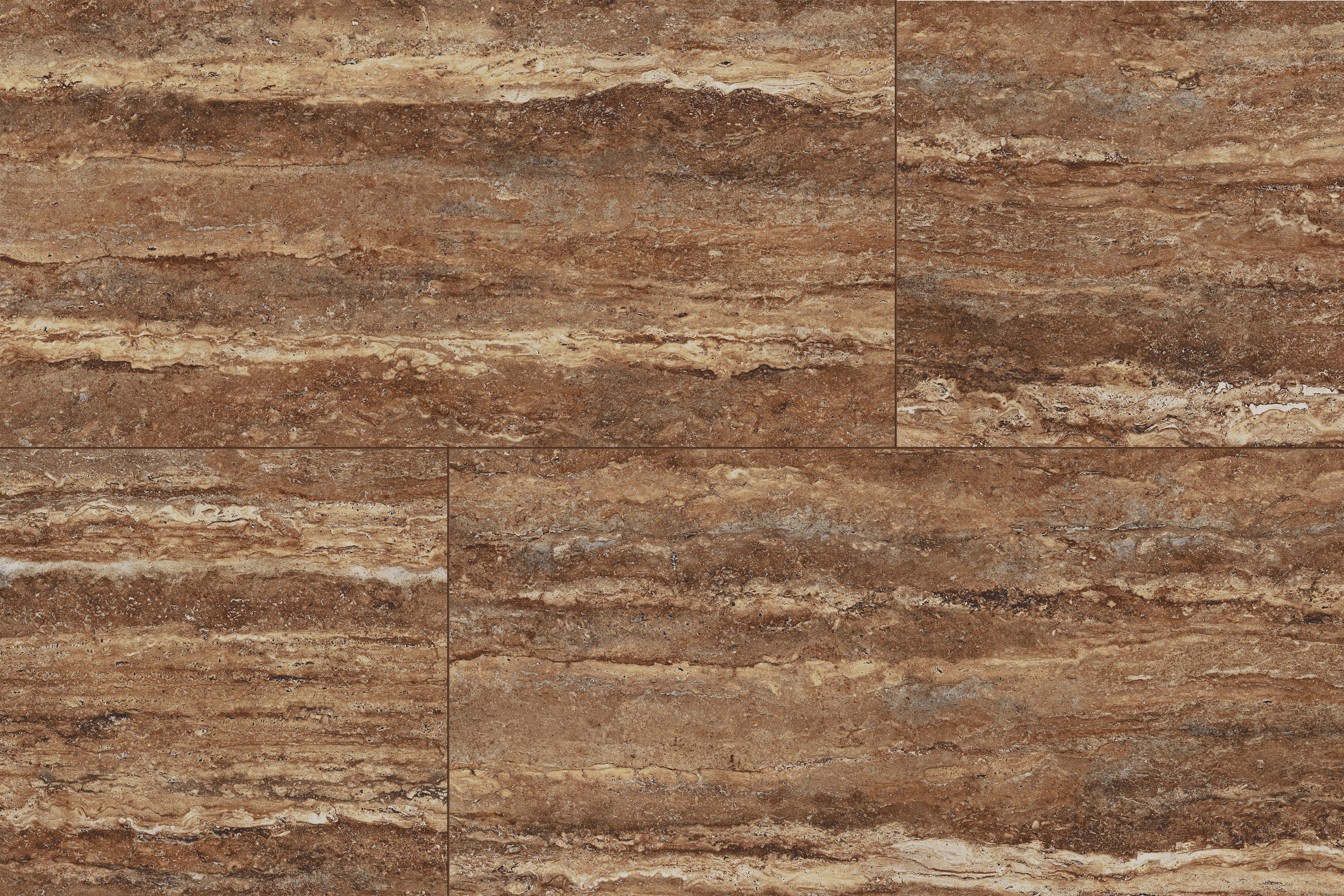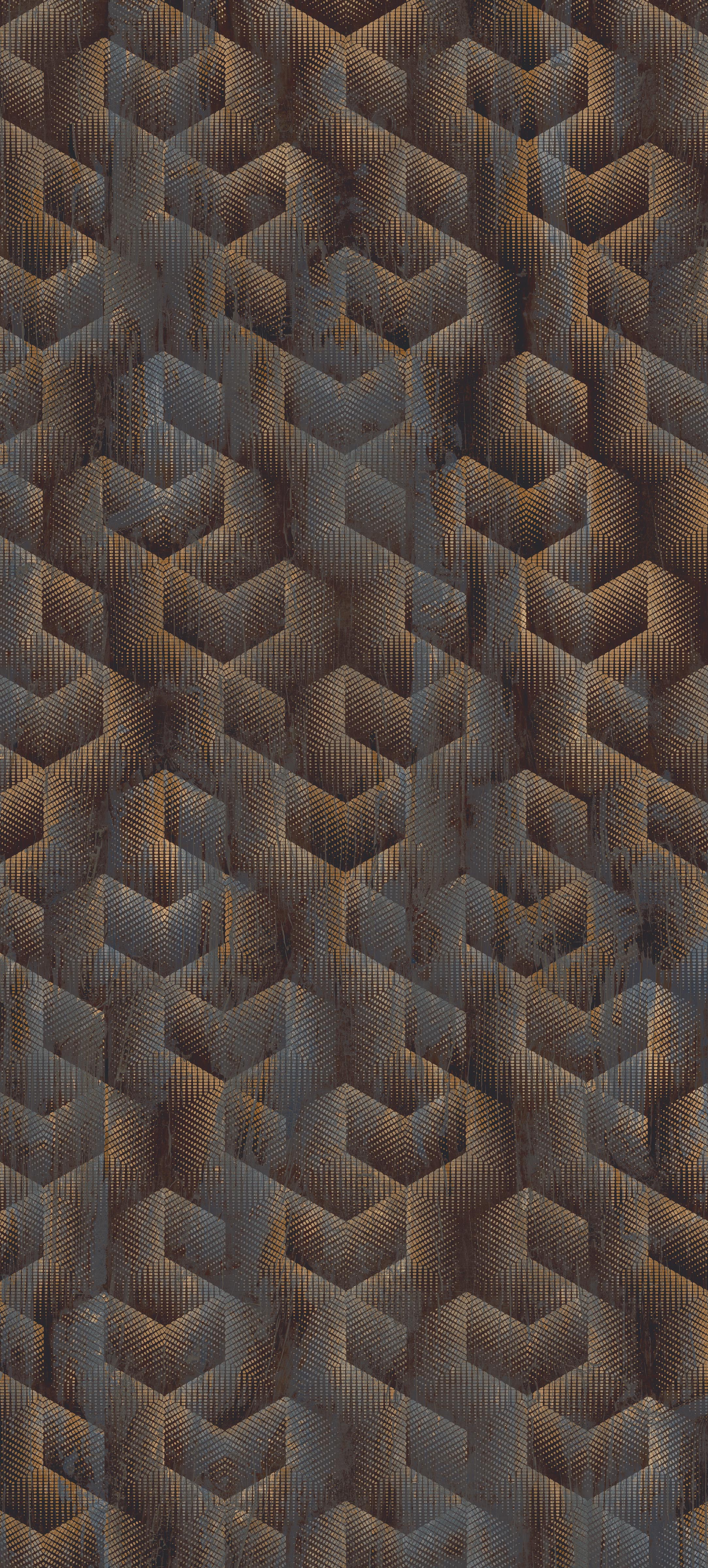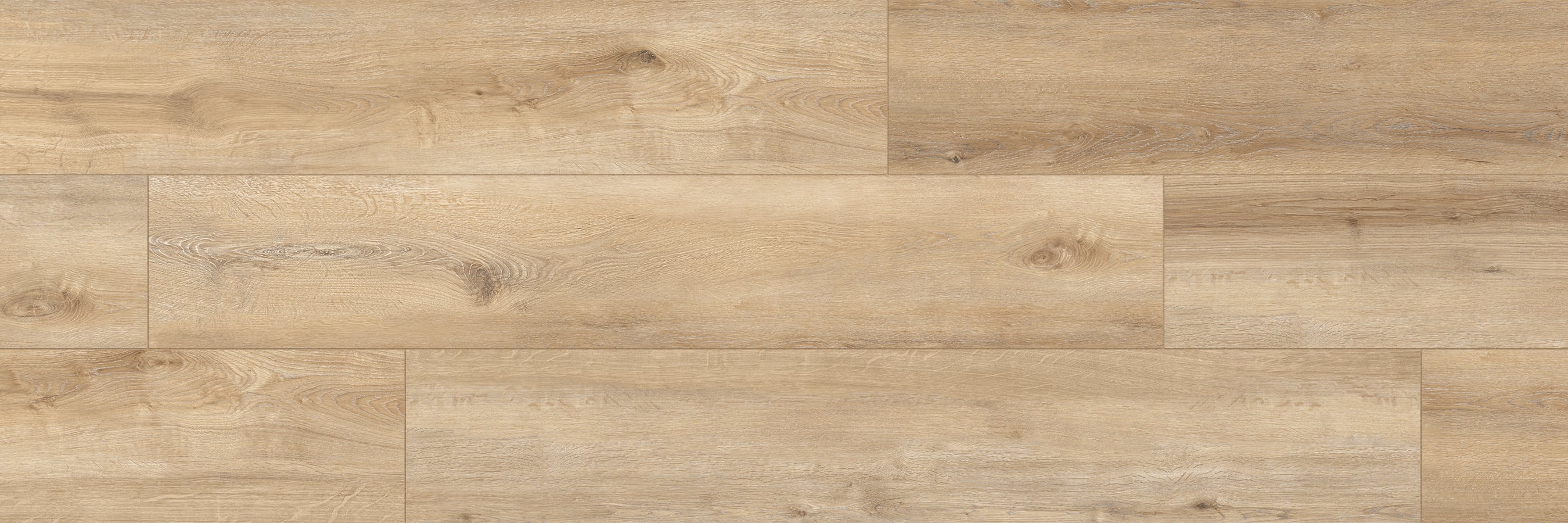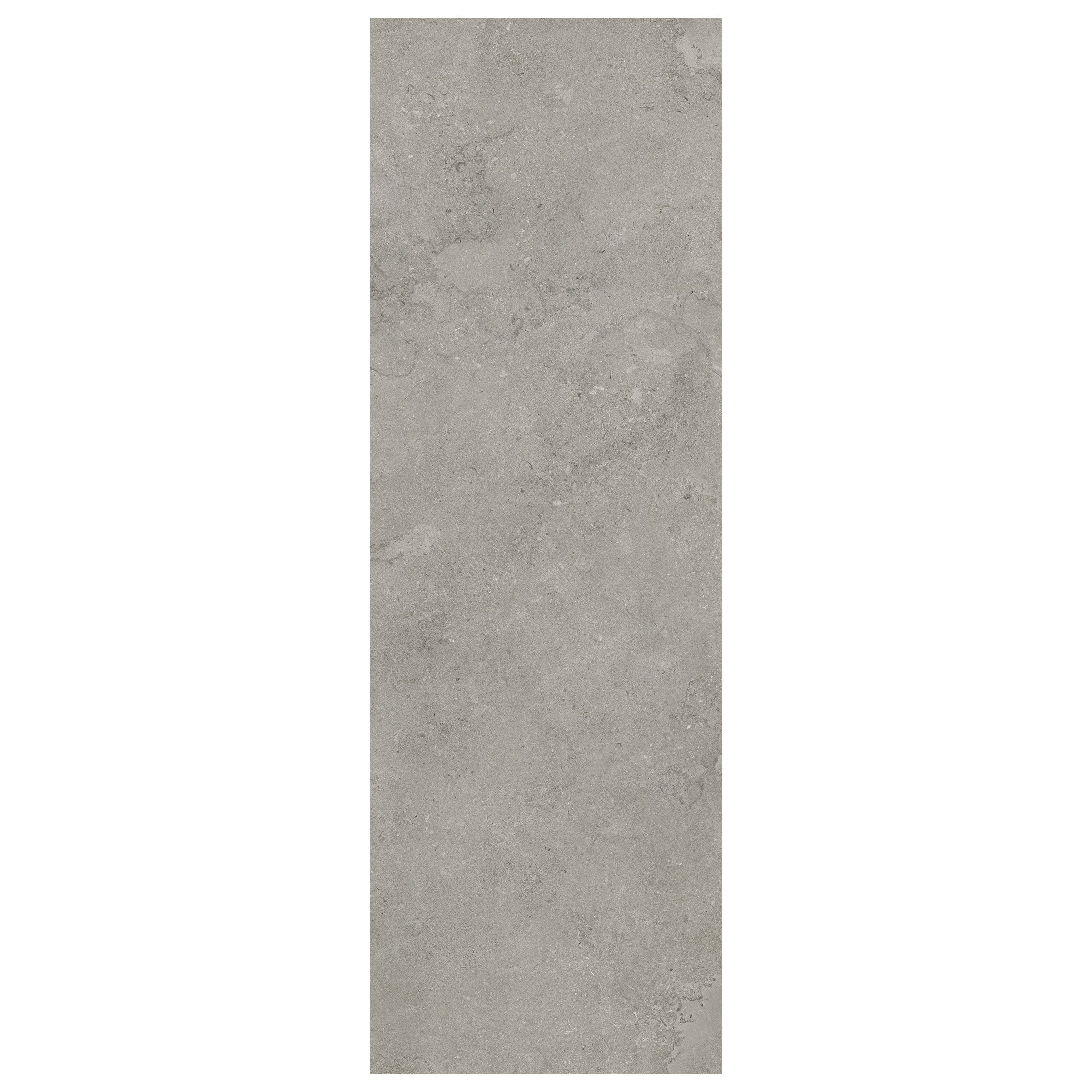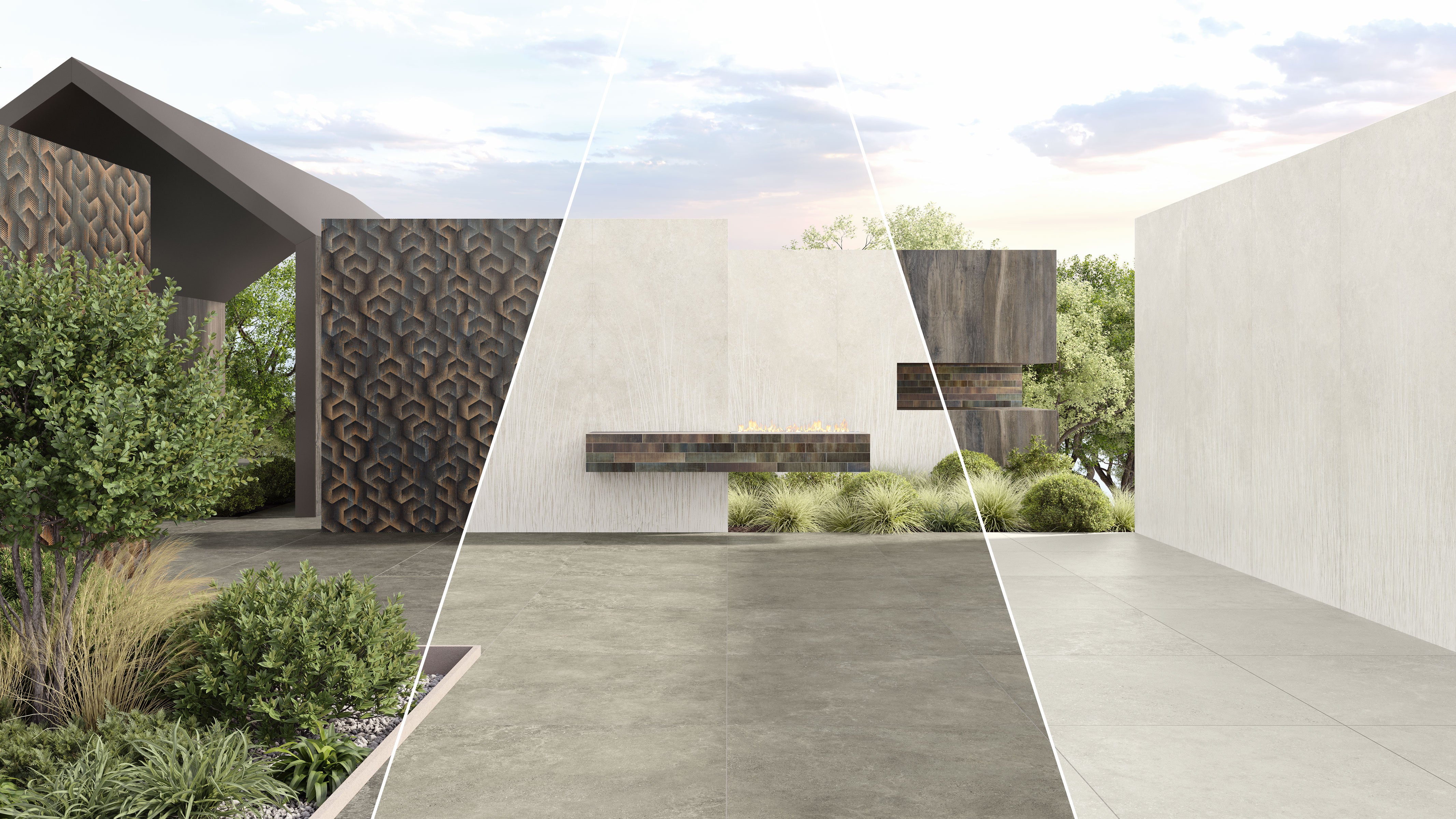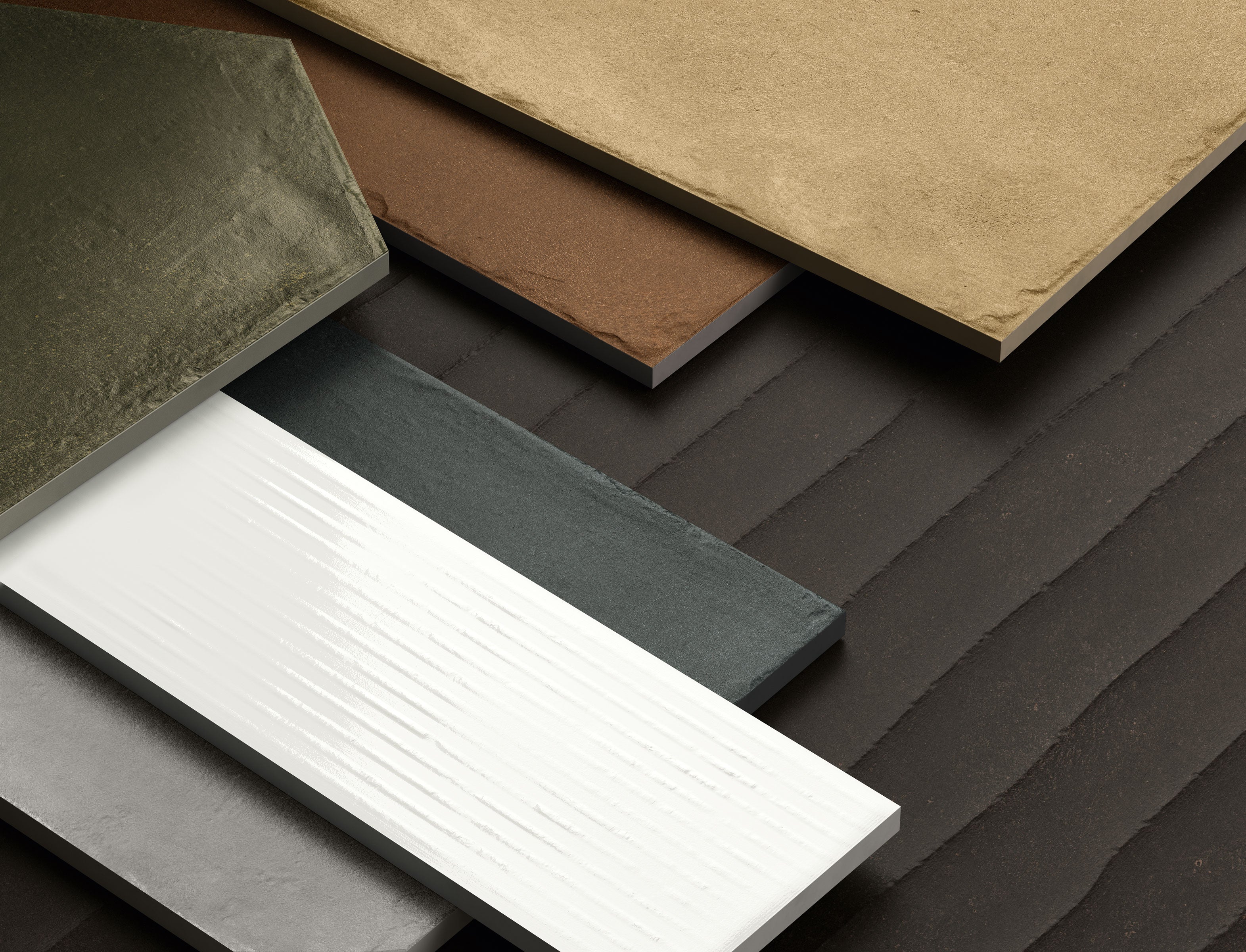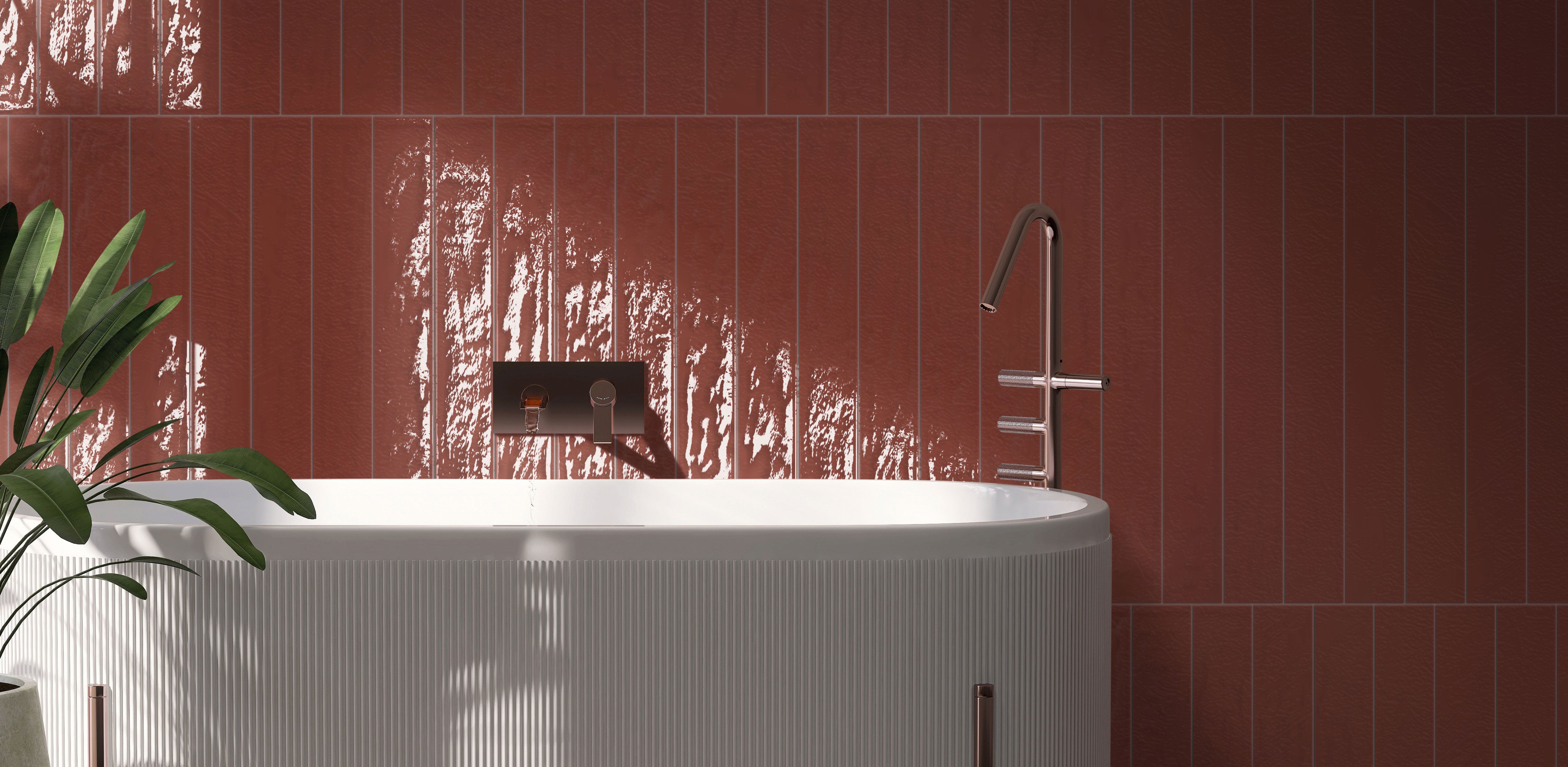Cutting, Tools, & Installation Tips
Why is my tile chipping or cracking when I make cuts?
Porcelain tiles require a diamond tip blade and it’s recommended to use a wet saw for clean cuts. Lightly score the tile and use a snap cutter or drill to avoid chipping. Replace dull blades to prevent flaking or chipping.
What kind of blade should I use in my wet saw?
Always use a diamond wet saw blade when cutting porcelain tile with a wet saw. Periodically check the condition of the blade and replace when worn to ensure smooth and successful cuts.
How do I safely make an internal cutout to avoid breaking the tile?
To make internal cutouts from the porcelain tile, start by marking out a guide-line on the surface of the tile where you want to make the cut. For square holes, drill out the corners using a 0.25in (6mm) bit before using a diamond-bladed angle grinder along the remaining guide-lines to remove the interior material. Then, finish the cut edges with a diamond polishing pad to remove sharp edges.
For round holes, you must use a diamond hole saw. Angle the drill at a 75 degree angle to begin the cut, then slowly straighten out the drill while being careful to avoid applying excessive pressure on the drill. Finish the cut edges with a diamond polishing pad to remove sharp edges.
Do not use a percussion drill to cut holes in the tile, even for small holes less than 1cm in diameter.
Do I need to use spacers? What size do I use?
Tile spacers should always be used when installing tile. A minimum grout joint of 3/16" (5mm) is recommended for pressed tiles, and a minimum of 1/8" (3mm) is recommended for rectified tiles.
How much of an offset should I use?
A 30% offset is generally recommended for a staggered tile placement. For plank sizes, such as 6"x24" or 8"x48", a 1/3 (33%) offset with a proper grout joint size is recommended to reduce lippage. Refer to TCNA guidelines for warpage allowances.
What trowel size should I use?
The trowel size depends on the tile size. For tiles 16 inches or larger, use a ½” x ½” trowel. Ensure 85% thinset mortar coverage in dry areas and 95% in wet areas like showers.
How much tile or how many square feet do I need to complete my project?
Multiply the length by the width of the area to calculate the square footage. Always add 10% extra to account for breakage and cuts. Online calculators can assist with these estimates.
Do I need to seal the tiles?
No. MILE®stone tile is ready to be installed straight out of the box. There is no need to seal the tile before or after installation, and any alteration to the surface of the tile might damage the glaze and thus void the tile's warranty.
Wet Area Warning
Porcelain tiles can be slippery when wet. If needed, MILE®stone offers finishes that are suitable for wet applications.
Additional Installation Information
For more installation tips, please refer to the TCNA's "How to Install Tile" section, and for more information about thinset and mortar guidelines visit TCNA's Dryset Mortar FAQ.
